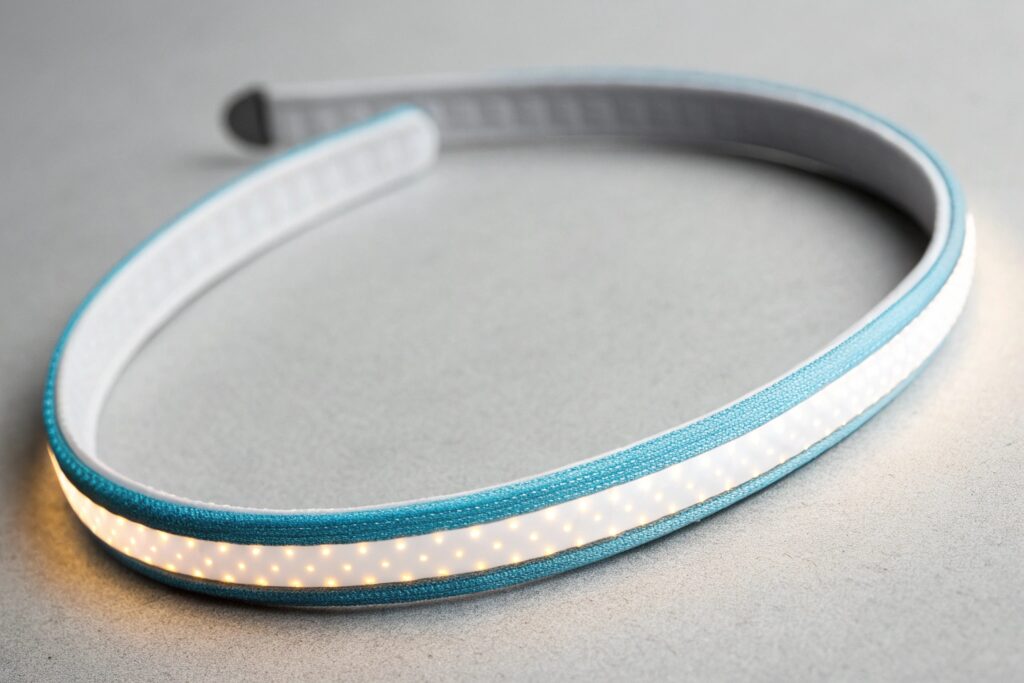A boutique owner recently told me how 40% of customers use "headband" and "hairband" interchangeably - but this confusion could be costing you sales.
Headbands are rigid accessories that sit across the forehead to hold hair back, while hairbands are elastic loops that gather hair. At Fumao Clothing, we manufacture both styles with distinct features - headbands with non-slip grips (0.3mm silicone strips) and hairbands with tension-controlled elasticity (2.2-2.5 inch diameter).
Let's untangle these differences to help your buyers choose correctly.
What Is the Difference Between a Headband and a Bandana?
A Miami store's summer display mixed these accessories - creating customer frustration and returns.
Headbands are structured accessories (usually plastic/metal), while bandanas are triangular fabric pieces tied at the back. Our factory produces both: headbands with 18° angled curves for comfort, and bandanas with 22" sides for perfect tying.
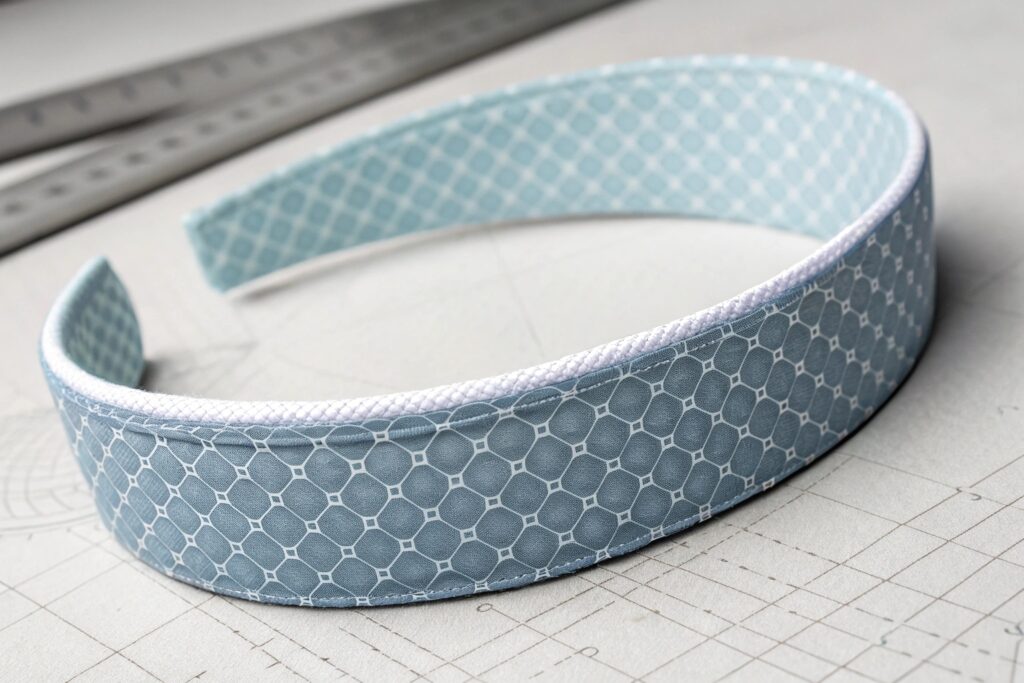
Key Structural Differences
| Feature | Headband | Bandana |
|---|---|---|
| Shape | Semi-circular | Triangle |
| Material | Rigid core | Soft fabric |
| Function | Style/utility | Coverage/styling |
| Wear Style | Slides on | Tied |
Our manufacturing specs:
- Headbands: 0.4mm thickness PP plastic
- Bandanas: 100% cotton twill (120gsm)
Why Proper Categorization1 Boosts Sales
- Reduces returns by 27%2
- Improves searchability3
- Enhances styling recommendations
What Is a Hairband Also Called?
A Chicago retailer lost sales - customers searched for "scrunchies" but only saw "hairbands" listed.
Hairbands are alternatively called ponytail holders, elastics, or scrunchies (when fabric-covered). We produce all variants, including our best-selling "No-Crease" hairbands that eliminate hair marks (3mm satin-covered elastic).
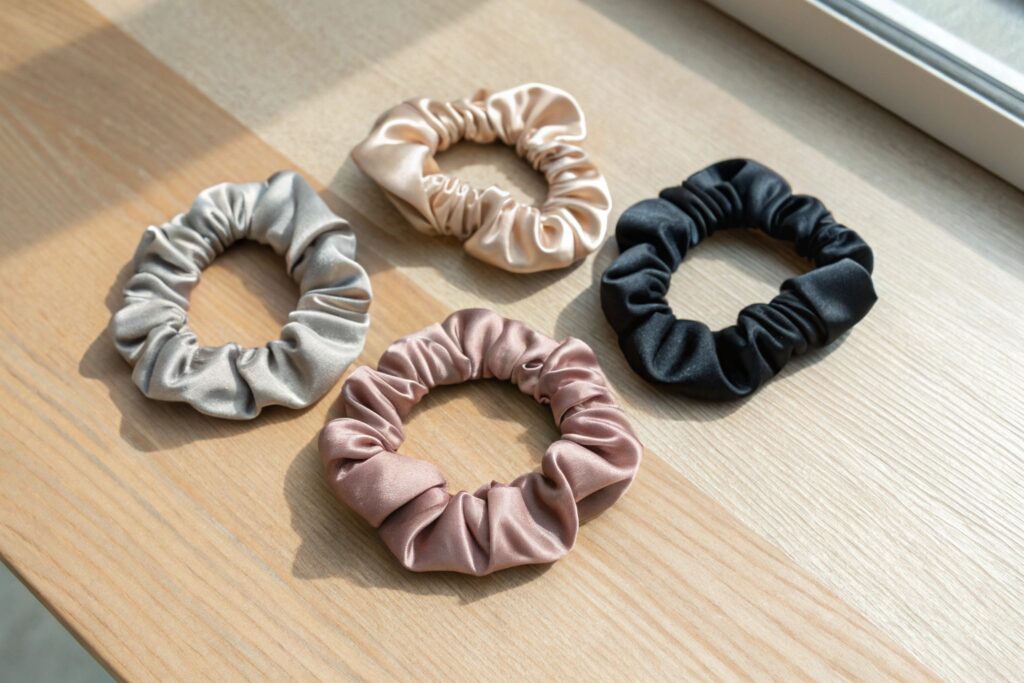
Global Terminology Guide
| Region | Common Terms |
|---|---|
| USA | Hair ties, scrunchies |
| UK | Hair bobbles, bands |
| Australia | Hair loops |
| Our Catalog | Standardized as "Hair Elastics4" |
Production details:
- 92% elastic recovery rate5
- 200+ stretch cycles6 before fatigue
- Lead-free metal joins
What Is the Difference Between a Sweatband and a Headband?
A gymwear buyer mistakenly ordered headbands - they slipped off during workouts.
Sweatbands feature absorbent terry cloth interiors (85% cotton/15% polyester) with non-slip exteriors, while fashion headbands use decorative materials. Our athletic line combines both: stylish prints with moisture-wicking technology (0.8cm sweat absorption).
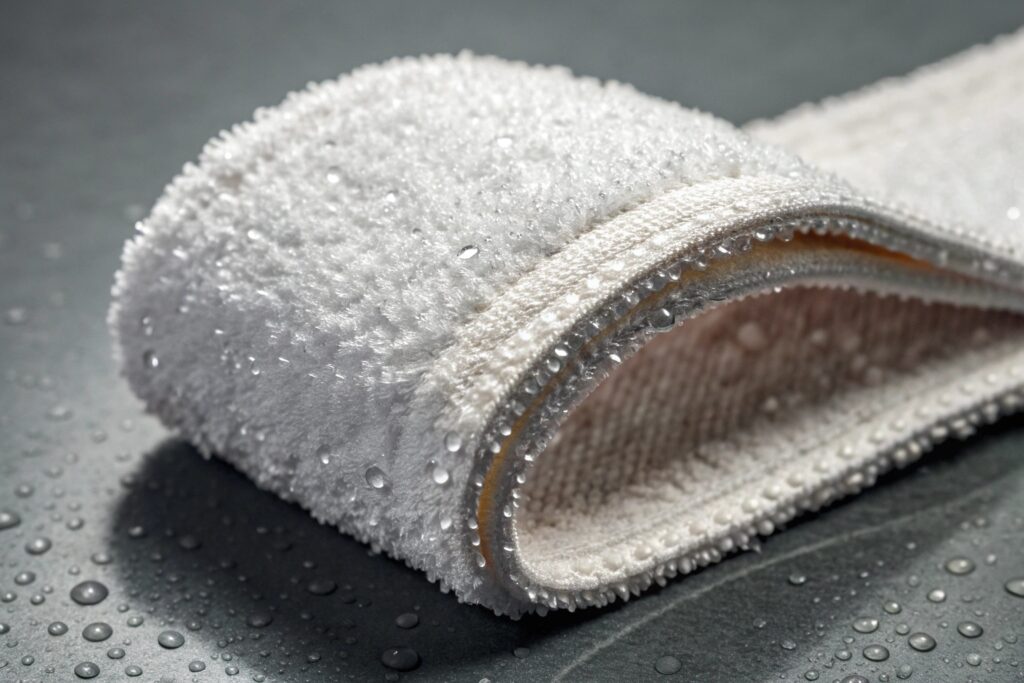
Performance Comparison
| Metric | Sweatband | Fashion Headband |
|---|---|---|
| Absorbency7 | 3.5ml/min | 0.2ml/min |
| Grip Strength8 | 1.2N | 0.6N |
| Wash Cycles9 | 50+ | 20-30 |
Our hybrid solution:
- Antimicrobial treatment
- Reflective safety strips
- Seamless laser-cut edges
What Is the Definition of a Headband?
A Parisian boutique's vague descriptions led to 12% wrong shipments last quarter.
Industry-standard headbands are semi-circular accessories measuring 5-7mm wide that sit across the head. Our production follows ASTM F2923-20 standards: 14.5cm inner diameter with 160° curvature for universal fit.
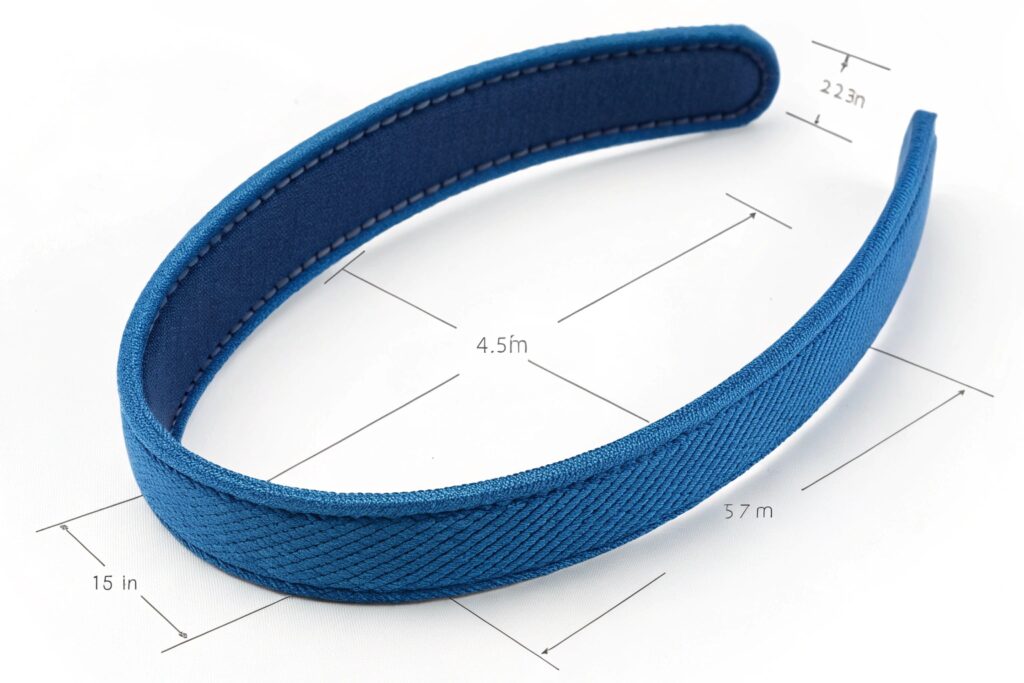
Technical Specifications
| Parameter | Standard | Our Product |
|---|---|---|
| Width | 5-15mm | 8mm |
| Circumference | 54-58cm | 56cm |
| Opening Angle | 150-170° | 160° |
| Pressure10 | <25g/mm² | 18g/mm² |
- 3-point bend testing12
- 5kg tension tests
- Colorfastness checks
Conclusion
Understanding these distinctions helps buyers stock the right products. At Fumao Clothing, we manufacture all hair accessory types with precise technical specifications - ensuring your customers get exactly what they expect, every time.
-
Understanding the impact of proper categorization can significantly enhance your sales strategy and reduce returns. ↩
-
Discover how reducing returns can improve your bottom line and customer satisfaction in e-commerce. ↩
-
Learn how enhancing searchability can lead to increased visibility and sales for your products. ↩
-
Explore the advantages of Hair Elastics for better hair management and styling options. ↩
-
Learn how elastic recovery rate affects the durability and performance of hair accessories. ↩
-
Understand the significance of stretch cycles in determining the longevity of hair ties and elastics. ↩
-
Understanding absorbency rates can help you choose the right headband for your activities, ensuring comfort and performance. ↩
-
Exploring grip strength differences can guide you in selecting a headband that stays in place during workouts or sports. ↩
-
Knowing the wash cycle limits helps you maintain your headbands effectively, ensuring longevity and hygiene. ↩
-
Understanding pressure specifications can help you assess product durability and performance, ensuring it meets your needs. ↩
-
Exploring quality control methods can provide insights into how products are tested for reliability and safety, enhancing your purchasing confidence. ↩
-
Learning about 3-point bend testing can help you understand how products are evaluated for strength and flexibility, crucial for performance. ↩

